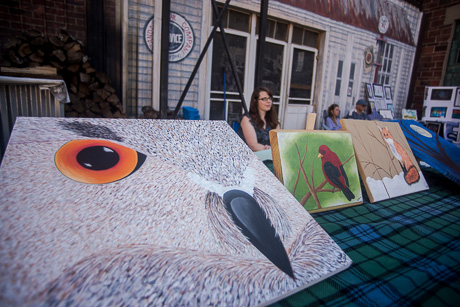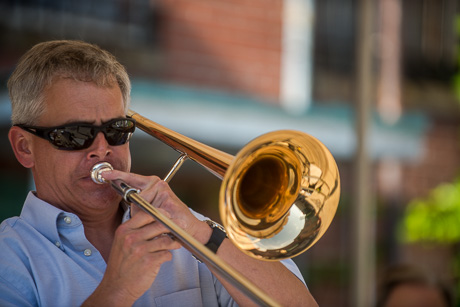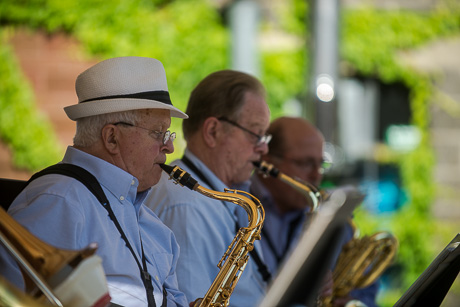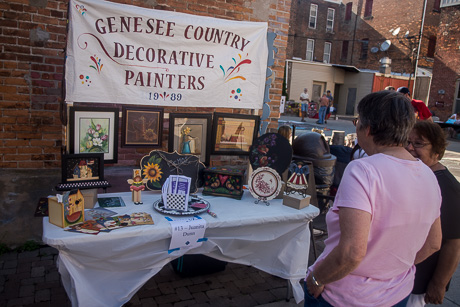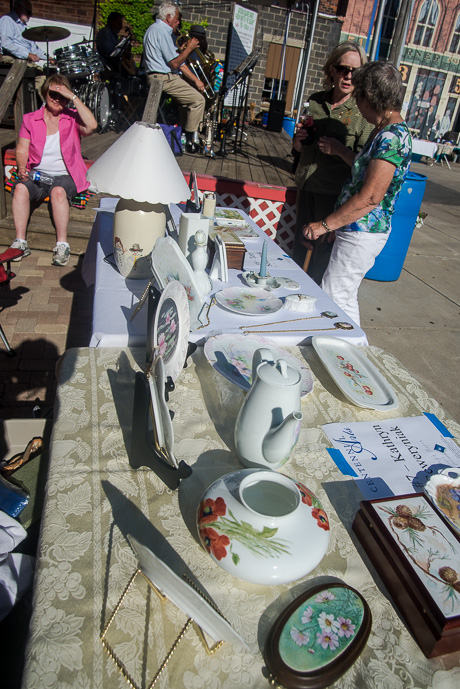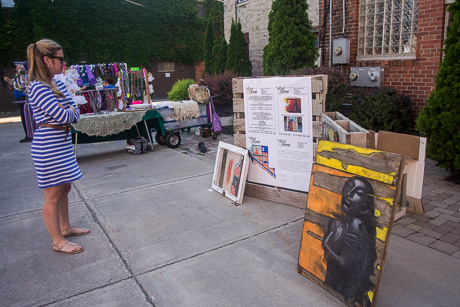Batavia's Centennial Committee plans to start 2015 off with a bang, but the celebration won't stop there.
The 100th Anniversary of Batavia's incorporation will be marked by events all year long, members of the committee told the City Council on Monday night.
"This event, I believe, is going to spawn something already taking place in our community" said Marty McDonald, a committee member. "It's going to spawn excitement in our community."
A project of Vibrant Batavia, the committee is in the process of raising $100,000 to fund the celebration. So far, sponsors have pledged $63,000, including $20,000 from FreedMaxick and $10,000 from Tompkins Bank of Castile. Other sponsors include Lawley Genesee, Turnbull Heating and Air, Merrill Lynch, Valle Jewelers and Trifthauser & Salmon Orthodonitics.
The opening of the Centennial Celebration is just five months away, New Year's Eve.
The community is planning a "Centennial Plaza" centered on Court Street and stretching down Evans to Falleti Ice Arena. There will be live music (on a train bed car sitting on the tracks at Evans and Mill), vendors, and fun and games.
At midnight, there will be -- just as there was 100 years ago to mark the incorporation of the city -- a fireworks display.
The committee promises a big one.
The display will be launched behind the fire hall on Evans.
The committee is also offering 200 "Century Club" memberships for $100 per couple, which will include tickets to a "Dress the Decades" party inside City Hall on New Year's Eve. Memberships are available to all residents and are being sold on a first-come, first-served basis.
The committee is also planning the installation of 40 centennial banners throughout the city, a 100-tree planting project, installation of a time capsule in front of City Hall, a historic walking trail and a birthday celebration tied to the July 4 Picnic in the Park.
The committee is planning to apply for a National Grid Community Foundation grant to pay for the 100 trees, which would be planted in the spring, during United Way's Day of Caring, at locations throughout the city, including parks, city right-of-ways and Centennial Park.
The committee is also planning what it's calling a "Legacy Gift" -- a sculpture or multipurpose remembrance to be installed somewhere in the city and paid for by sponsors. The installation would take place some time in the fall.
The committee is asking for City Council support in the form of attending all events, use of City Hall for the New Year's Eve party, approving street closures for events, and the use of city resources such as the youth bureau, police, fire and maintenance to support Centennial events.



